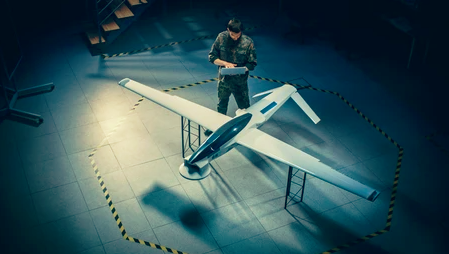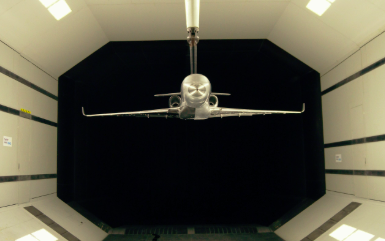“Just Launched: The Questions of a Newly Graduated Aerospace Engineer”
“Cleared for Takeoff: An Aerospace Graduate’s Search for Purpose”
“Engines Off, Mind On: Life After an Aerospace Engineering Degree”

Career paths (industry vs. research vs. academia)
Further studies (master’s, PhD, specialization)
Skills to build (software, certifications, languages)
Jobs (how to get into companies.)
Startups, innovation, or entrepreneurship in aerospace
Or anything else — even life beyond engineering
-
Guidance: sensors and algorithms in systems that determine where a vehicle should go. This is my favorite of all subject currently.
-
Actuators: These are mechanisms like gimbaled engines (engines that can pivot), reaction control thrusters, or aerodynamic control surfaces (fins, canards) that physically steer the rocket.
-
Control Algorithms: The control system takes the guidance commands and turns them into actuator inputs. It uses feedback from sensors to continuously adjust the rocket’s attitude (orientation) and trajectory.

Path planning: Defining a trajectory or path that a vehicle follows (e.g., for a drone, spacecraft, or missile).
Navigation: How the system determines its current position and orientation. This involves GPS, inertial measurement units (IMUs), star trackers, etc.
Trajectory optimization: Optimizing the path for fuel efficiency, time, or other constraints.
Control: Once you know where you want the vehicle to go, control algorithms ensure that it actually reaches its destination and behaves correctly. This involves:
Stabilization: Ensuring that the vehicle remains stable during flight (e.g., maintaining roll, pitch, yaw).
Flight control systems: These systems ensure that a vehicle follows the planned trajectory, and often involves using PID (Proportional-Integral-Derivative) controllers or more advanced control strategies like model predictive control (MPC).
Actuators: These are the devices that control the physical movement of the vehicle (e.g., thrust vector control, control surfaces like flaps, ailerons, or reaction control systems for spacecraft).
Efficient wind tunnel testing for the Aerospace Industries
